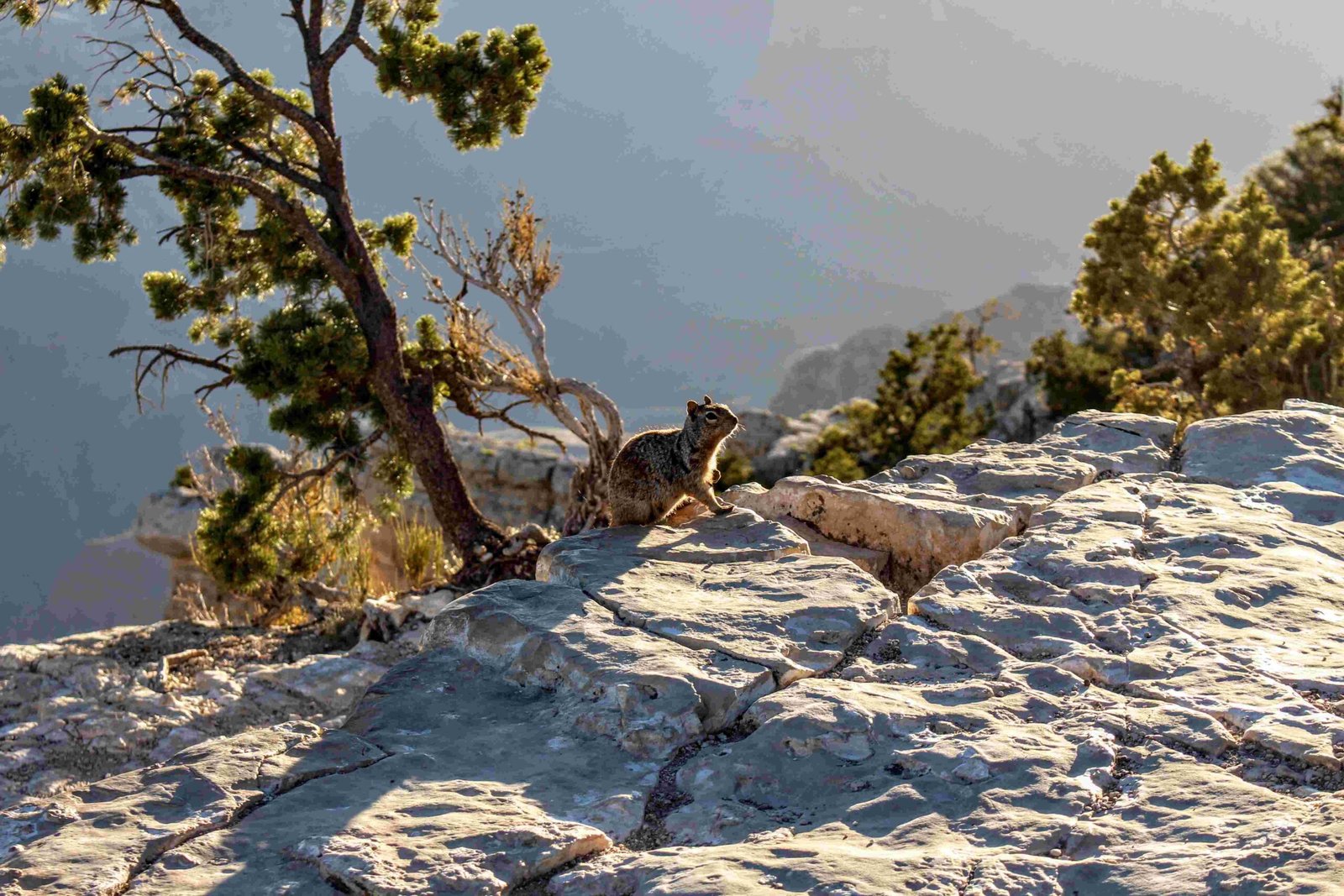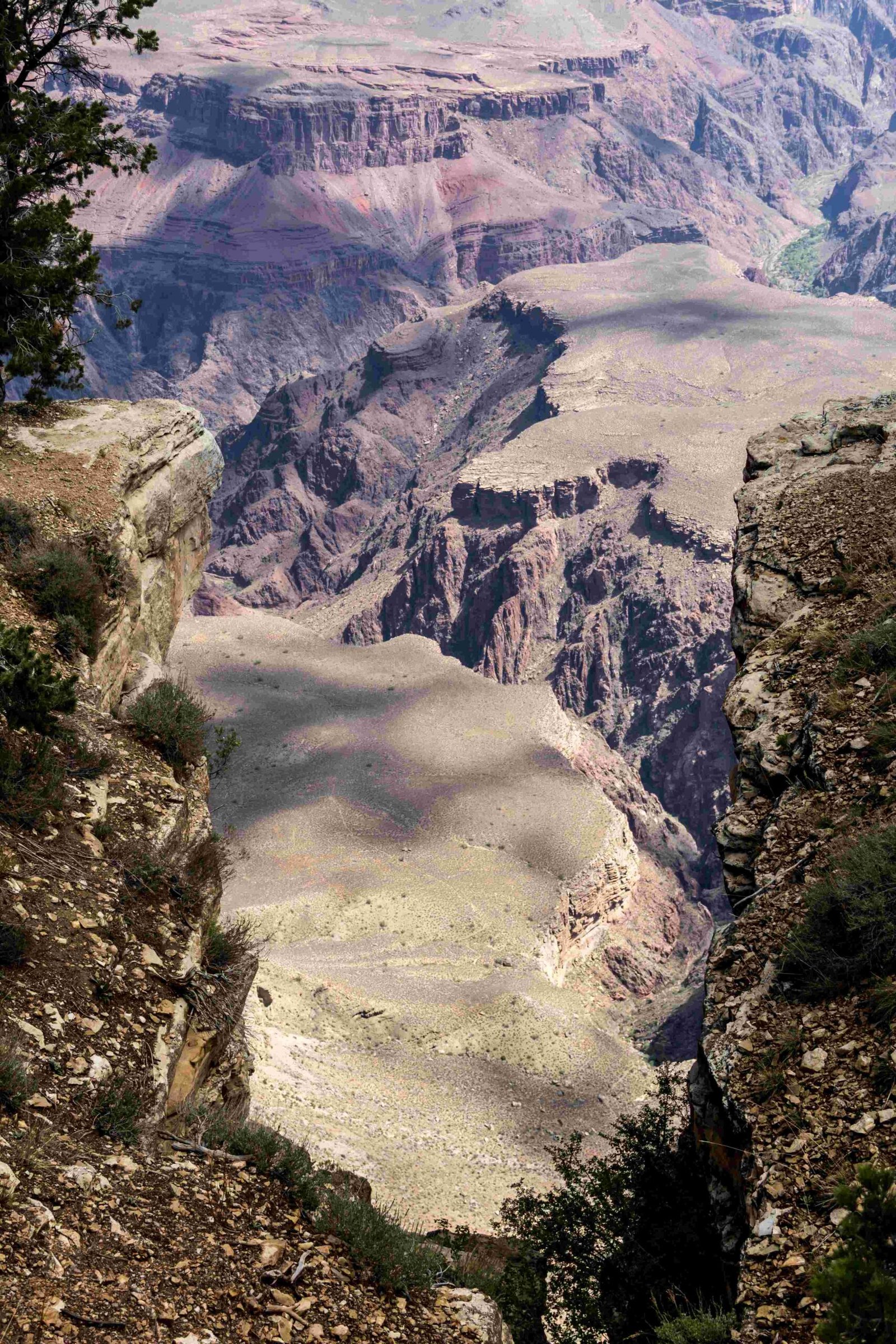Geologists employ sophisticated scientific techniques to unravel the complex geological history of the Grand Canyon, utilizing advanced methods like radiometric dating, stratigraphic analysis, and isotope examination. These techniques allow researchers to precisely determine the age of rock formations, track geological events, and reconstruct the canyon’s remarkable 2-billion-year evolutionary journey through multiple precise measurement approaches.
What Are the Primary Radiometric Dating Techniques Used in Grand Canyon Research?

Radiometric dating represents the cornerstone of geological age determination in the Grand Canyon. Geologists utilize multiple sophisticated isotopic methods to establish precise chronological frameworks for rock formations.
How Does Potassium-Argon Dating Work?
Potassium-Argon (K-Ar) dating is a critical technique for determining rock ages in the Grand Canyon. This method leverages the radioactive decay of potassium-40 to argon-40, with a remarkable half-life of approximately 1.25 billion years.
Key Characteristics of K-Ar Dating
- Ideal for volcanic rock analysis
- Provides age estimates with ±0.2 million years precision
- Successfully used in dating Western Grand Canyon lava flows
What Makes Uranium-Lead Dating Significant?
Uranium-lead dating offers exceptional precision in determining rock ages, particularly through zircon crystal analysis. This method tracks the decay of uranium-238 to lead-206 and uranium-235 to lead-207.
Uranium-Lead Dating Advantages
- Extremely high precision (±1 million years)
- Works effectively with zircon crystals
- Provides insights into ancient rock formations
How Do Stratigraphic Layers Contribute to Age Determination?

Stratigraphy provides a visual and scientific timeline of the Grand Canyon’s geological history, revealing layers that represent different geological periods.
What Information Do Stratigraphic Layers Reveal?
| Formation | Age | Geological Period | Key Characteristics |
|---|---|---|---|
| Vishnu Basement Rocks | 1.8 billion years | Proterozoic | Oldest exposed rocks |
| Tonto Group | 500 million years | Middle Cambrian | Marine sedimentary layers |
| Redwall Limestone | 340 million years | Mississippian | Thick limestone formation |
| Coconino Sandstone | 280 million years | Early Permian | Wind-deposited sandstone |
What Role Does Sediment Analysis Play in Dating?
Sediment analysis provides crucial insights into depositional environments and helps establish relative and absolute ages of rock formations.
How Do Researchers Analyze Sedimentary Rocks?
- Examine grain size distribution
- Analyze mineral composition
- Identify depositional environment characteristics
- Date detrital zircons within sedimentary layers
What Challenges Exist in Grand Canyon Dating Techniques?
Geological dating involves complex methodologies with potential limitations:
– Isotopic measurement precision
– Potential contamination of samples
– Variations in decay rates
– Complex geological transformations
Recommended Approach
Geologists typically cross-reference multiple dating techniques to ensure accuracy and reliability in age determination.
Conclusion
The Grand Canyon represents a remarkable geological archive, with dating techniques offering unprecedented insights into Earth’s complex geological history. By combining radiometric dating, stratigraphic analysis, and advanced isotopic measurements, researchers continue to unravel the canyon’s extraordinary 2-billion-year story.

